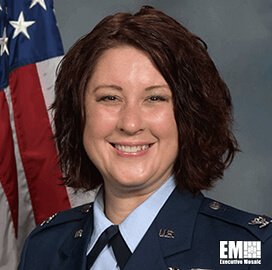KBR, the science, technology and engineering company that serves primarily public sector clientele, has received a three-year contract award from UK Nuclear Waste Services to consult on and organize nuclear energy-related initiatives.
The project will entail KBR conducting program and portfolio assistance such as program management, communication and community engagement efforts, the Houston, Texas-headquartered company said Thursday.
“This work underlines our commitment to an ever-growing and increasingly important area of national critical infrastructure,” remarked Paul Kahn, president of the Government Solutions International arm of KBR.
Kahn added that the endeavor is reflective of the company’s aim to sync its business activities with safety and sustainability concerns, saying as well that it represents the next evolution of the company’s growing UK footprint.
During the contracted work, NWS — an agency under the UK Nuclear Decommissioning Authority — will tap in especially into the technical knowledge base of KBR subsidiary Frazer-Nash Consultancy, which specializes in nuclear energy.
While KBR is an established name in the nuclear energy field, its interest and impact in UK nuclear energy is on the rise and quickly developing. In 2020, the organization had less than 200 team members working on nuclear energy projects in the UK but the count has ballooned to 850 by this year.
The new NWS contract additionally tasks KBR with technical design and digital and transformation strategy creation and execution. Its team will be involved with various responsibilities laid out by the Geological Disposal Facility.
Earlier this month, KBR was selected to participate in a study to produce a carbon-neutral, green ammonia-based power system for a semi-submersible drilling unit operated by Odfjell. Like the NWS contract, this is another in KBR’s sustainability-aimed projects.
As for its British-based activities, in July KBR announced it will lead research and development of self-defending, self-recovering cyber defense concepts for the UK Ministry of Defence. This three-year contract was given to the aforementioned Frazer-Nash subsidiary.



















